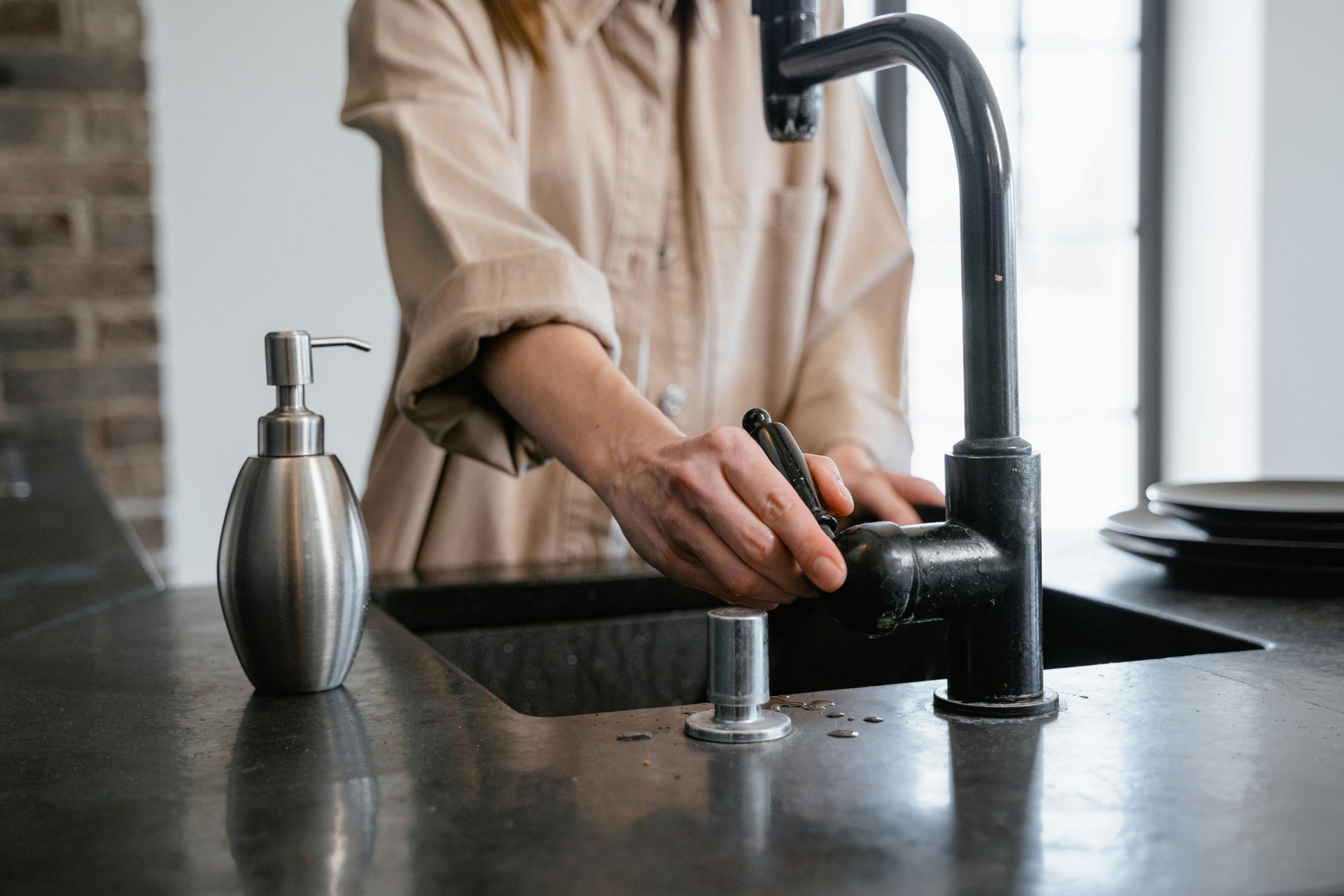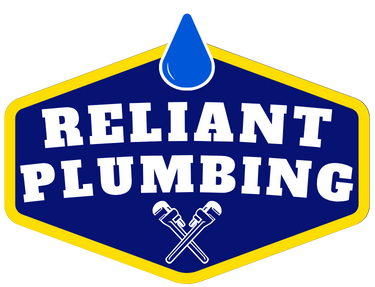
🍽️ Kitchen Plumbing Tips Every Homeowner Should Know
Avoid clogs, leaks, and costly repairs with these essential kitchen plumbing best practices.

Introduction
The kitchen is one of the busiest areas in any home—and it's also where some of the most preventable plumbing issues tend to occur. From clogged drains and leaky faucets to improper garbage disposal use, small mistakes in your kitchen can quickly lead to bigger problems.
In this guide, we’ll share practical kitchen plumbing tips that every homeowner in Cambridge should know. Whether you’re doing dishes, rinsing produce, or installing a new dishwasher, these best practices will help extend the life of your fixtures and pipes—and prevent unnecessary calls to the plumber.
1. Be Smart About What Goes Down the Drain
Your kitchen sink is not a trash can. Even if you have a garbage disposal, some materials should never go down the drain:
❌ Avoid:
- Grease, oils, or fats (they solidify and cause clogs)
- Coffee grounds
- Eggshells
- Pasta, rice, and bread (they swell in water)
- Stringy vegetables like celery or onion skins
Use a sink strainer to catch food particles and always scrape plates into the garbage before rinsing.
2. Use Cold Water with the Garbage Disposal
If your kitchen has a garbage disposal, always run cold water while it’s in use. Cold water keeps oils in solid form, helping the blades break down food waste more effectively and prevent clogs from forming further down the line.
3. Clean Your Kitchen Drain Regularly
To prevent slow drainage and unpleasant odours:
- Flush your drain weekly with boiling water
- Use a vinegar and baking soda mix monthly to break down residue
- Avoid commercial chemical drain cleaners that can damage pipes
4. Watch for Early Signs of Leaks
Kitchen plumbing leaks often start small but can lead to water damage, mould, and even cabinet rot if ignored.
Inspect regularly:
- Under the sink
- Around the dishwasher connection
- At the shutoff valves
- Around the base of your faucet
If you see moisture, rust, or water stains, it’s time to investigate further.
5. Know Your Shutoff Valves
Familiarize yourself with the hot and cold shutoff valves under your kitchen sink. In the event of a leak or burst line, being able to quickly shut off the water can save you from significant damage.
If they’re stuck or corroded, consider replacing them—they’re a small upgrade that can prevent a major mess.
6. Protect Pipes From Freezing in Cold Weather
If your kitchen sink is located against an exterior wall, be aware that the pipes behind it are vulnerable to freezing during Cambridge’s colder months. Open cabinet doors on cold nights to let warm air in, and consider pipe insulation for added protection.
7. Maintain Your Dishwasher Connections
Check the water supply line and drain hose for your dishwasher at least once a year. Cracks, bulges, or signs of corrosion mean it’s time for replacement. Also, ensure your dishwasher drain has a high loop or an air gap to prevent dirty water from backflowing into the appliance.
8. Schedule Regular Plumbing Checkups
Preventative maintenance can go a long way. Have a licensed plumber perform a full kitchen plumbing check-up every couple of years—especially in older homes. They can catch slow leaks, corrosion, and early signs of drainage issues before they become emergencies.
Final Thoughts
With a few simple habits and regular maintenance, you can avoid most kitchen plumbing issues before they start. Pay attention to what goes down your sink, check for early signs of trouble, and don’t hesitate to have a professional inspect your system every so often.
A well-maintained kitchen means fewer headaches, lower utility bills, and plumbing that works exactly when you need it.
